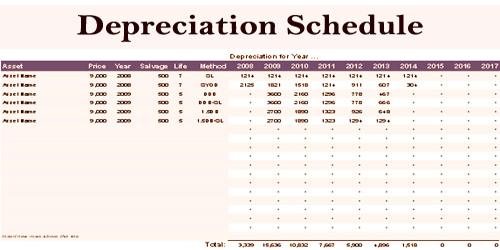The term ‘permatemp’ is used to refer to an employee whose status is between a temporary employee and a permanent employee. A permatemp is a temporary employee who works for an extended period for a single staffing client. The word is a portmanteau of the words permanent and temporary. S/he is a person who works on a long-term basis without being treated as a permanent employee, especially one who agrees to a series of temporary contracts lacking the benefits of permanent employees. S/he can not be strictly termed as a temporary employee or a permanent employee. Permatemp employees can be fired or laid off at any time. They do not have career service protection or seniority.
It is relevant with regard to factors such as job insecurity and lack of benefits for a considerable portion of the workforce. There are two types of permatemp employment relationships. In the first form, a public or private employer hires employees as “temporary” or “seasonal” employees, but retains them, often full-time for year after year, often with less pay and without any benefits. These employees often do the same work as permanent employees, but without the same pay, benefits, and labor rights. The employer does not have direct responsibility towards a permatemp employee. The second kind of permatemp is an employee of a staffing service provider, payroll agency, or Professional Employer Organization, which sends workers to work in a long-term, on-site position for a private company or public employer. The employee is paid by the staffing service provider or agency rather than by the primary employer. They are a temporary employee who has been exploited for a long duration of time in the workplace, doing the same task as full-time employees, but not receiving company benefits.
A permatemp is an employee that temporarily works for a staffing agency, which will then be handed out to companies looking for seasonal employees. They are treated as an employee whose official status is of a temporary, despite serving his or her function for sufficient time to be contracted as permanent.
Advantages (As an employer)
- You can choose to hire a contractor for any amount of period of time.
- There are no tax costs of payroll, workers comp, state & federal taxes anymore.
Disadvantages (as an employer)
- You can spend a lot of time training the new hires for each project, resulting in a loss of productivity as you “start over” with each new contract employee.
- The contractor can feel like there is no job stability or security.
- An employee may work on multiple jobs (contracts) at one time versus solely working on your job or project.
















